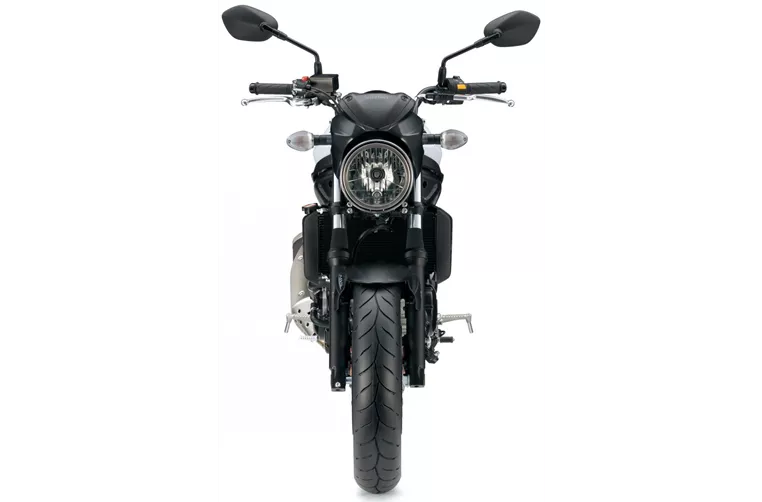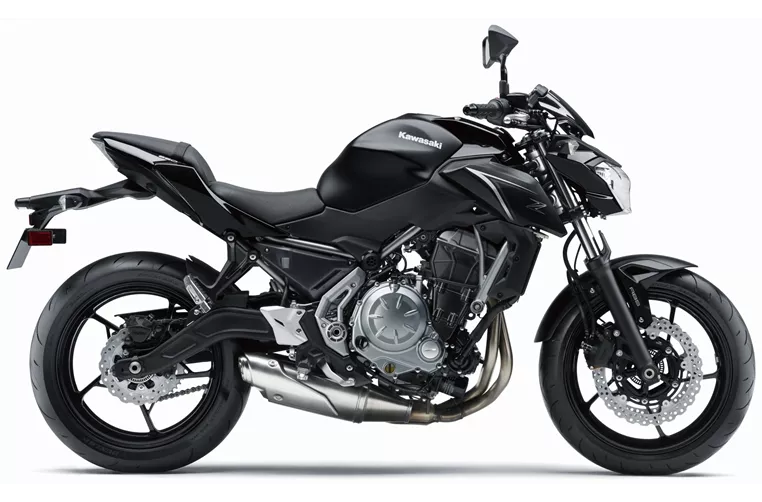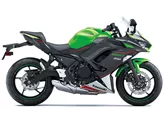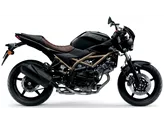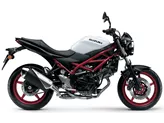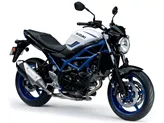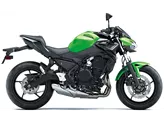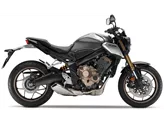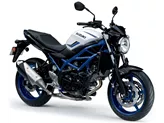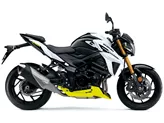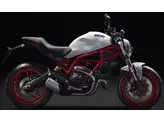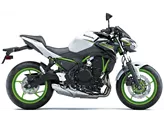Suzuki SV 650 2016 vs. Kawasaki Z650 2017
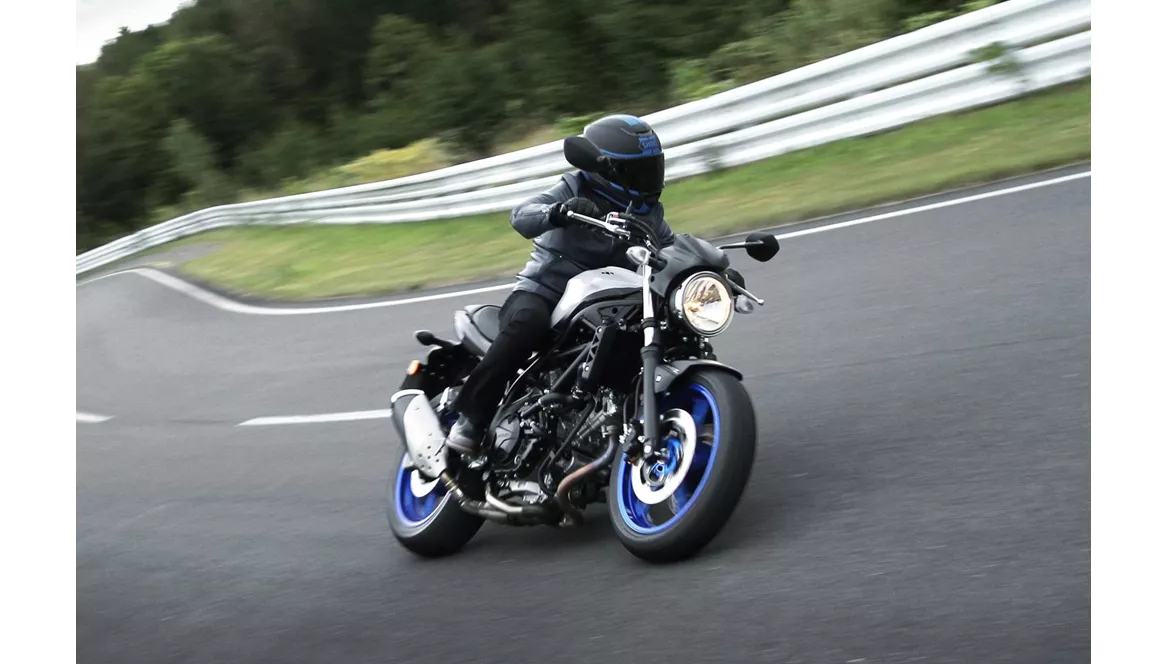
Suzuki SV 650 2016
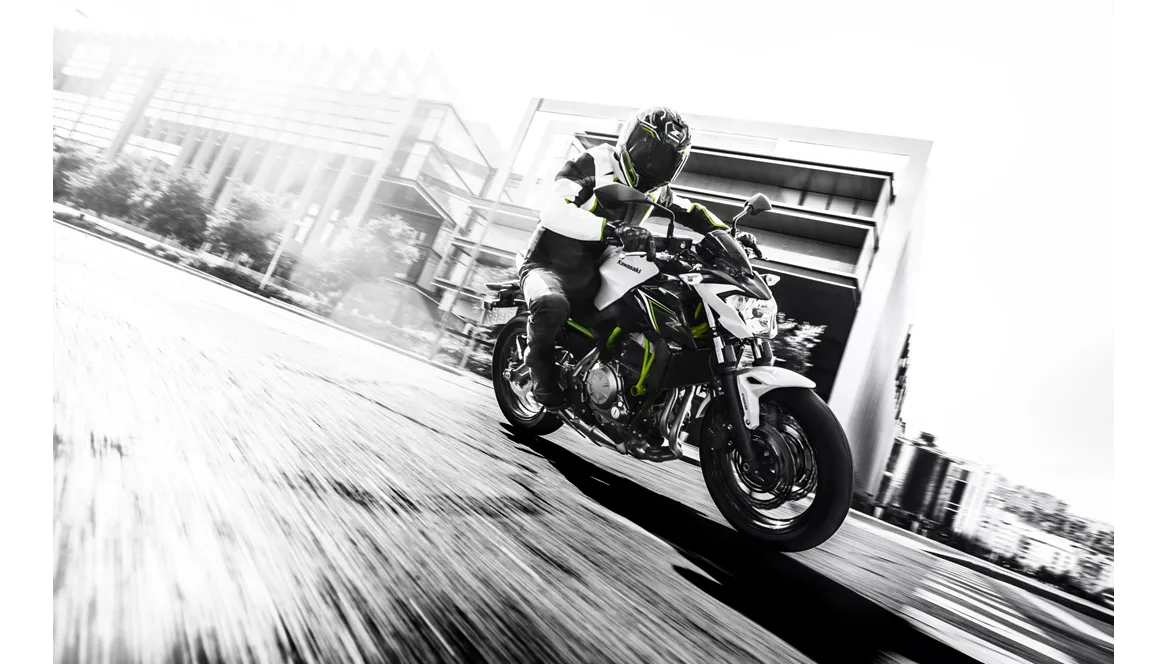
Kawasaki Z650 2017
Visão geral - Suzuki SV 650 2016 vs Kawasaki Z650 2017
The Suzuki SV 650 2016 and the Kawasaki Z650 2017 are both naked bikes that offer a thrilling riding experience.
Starting with the Suzuki SV 650 2016, it is equipped with a V2 engine that delivers a powerful 76 HP and 64 Nm of torque. The fuel system is fuel-injected, ensuring efficient performance. The bike has a displacement of 645cc and features a liquid cooling system.
In terms of suspension, the Suzuki SV 650 2016 is equipped with a telescopic fork at the front and a swingarm with a monoshock at the rear. This setup provides a comfortable and stable ride. The frame is made of steel and has a tubular structure, offering durability and stability.
The braking system of the Suzuki SV 650 2016 consists of dual disc brakes at the front with a diameter of 290mm and a dual-piston caliper. This setup ensures excellent stopping power and control. The bike also features ABS, providing advanced safety assistance to the rider.
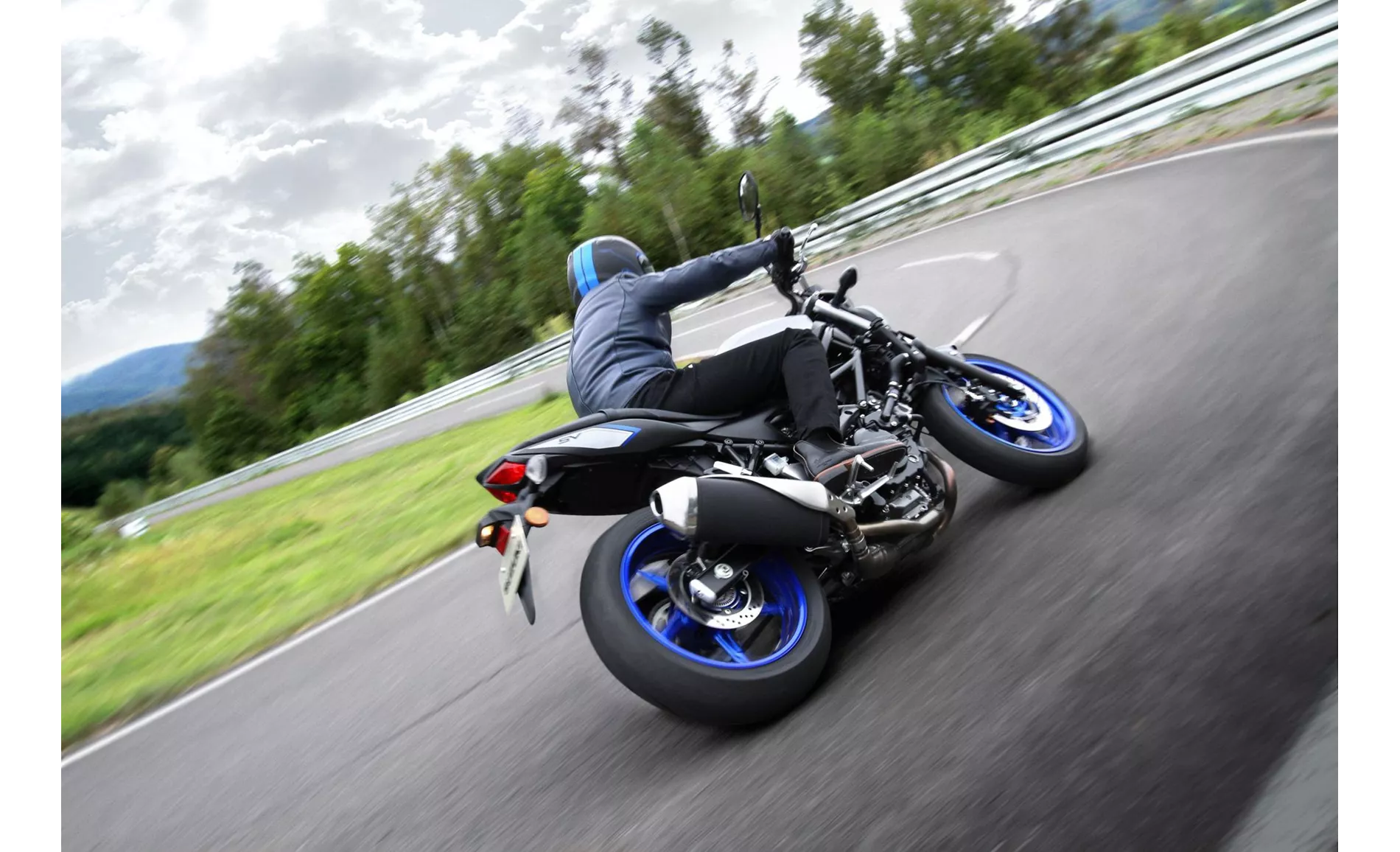
Suzuki SV 650 2016
In terms of dimensions, the Suzuki SV 650 2016 has a front tire width of 120mm and a rear tire width of 160mm, both with a diameter of 17 inches. The wheelbase is 1445mm and the seat height is 785mm. The bike weighs 197kg with ABS and has a fuel tank capacity of 13.8 liters.
Moving on to the Kawasaki Z650 2017, it is equipped with an inline twin engine that delivers 68.2 HP and 65.7 Nm of torque. The fuel system is also fuel-injected, ensuring efficient performance. The bike has a displacement of 649cc and features a liquid cooling system.
The suspension setup of the Kawasaki Z650 2017 is similar to the Suzuki SV 650 2016, with a telescopic fork at the front and a swingarm with a monoshock at the rear. This provides a comfortable and stable ride, suitable for both city commuting and spirited riding. The frame is made of steel and has a tubular structure, offering durability and stability.
The braking system of the Kawasaki Z650 2017 consists of dual disc brakes at the front with a diameter of 300mm and a dual-piston caliper. This setup ensures excellent stopping power and control. The bike also features ABS, providing advanced safety assistance to the rider.
In terms of dimensions, the Kawasaki Z650 2017 has the same tire widths and diameters as the Suzuki SV 650 2016, with a front tire width of 120mm and a rear tire width of 160mm, both with a diameter of 17 inches. The wheelbase is slightly shorter at 1410mm, and the seat height is 790mm. The bike weighs 187.1kg with ABS and has a larger fuel tank capacity of 15 liters.

Kawasaki Z650 2017
In terms of strengths, the Suzuki SV 650 2016 is praised for its agile and powerful engine, typical V2 sound, comfortable and low seating position, easy handling, comfortable chassis, and brakes with good control.
On the other hand, the Kawasaki Z650 2017 is praised for its smooth power delivery, sporty chassis, compact dimensions, and negative display.
As for weaknesses, the Suzuki SV 650 2016 has a digital tachometer that is not very legible. On the other hand, the Kawasaki Z650 2017 may be a bit small for taller riders.
Overall, both the Suzuki SV 650 2016 and the Kawasaki Z650 2017 offer impressive performance, comfortable riding positions, and advanced safety features. The choice between the two may come down to personal preference, with the Suzuki SV 650 2016 offering a more powerful engine and the Kawasaki Z650 2017 offering a sportier chassis.
Especificações técnicas Suzuki SV 650 2016 em comparação com Kawasaki Z650 2017
Prós e contras em comparação
Prós e contras em comparação
Suzuki SV 650 2016
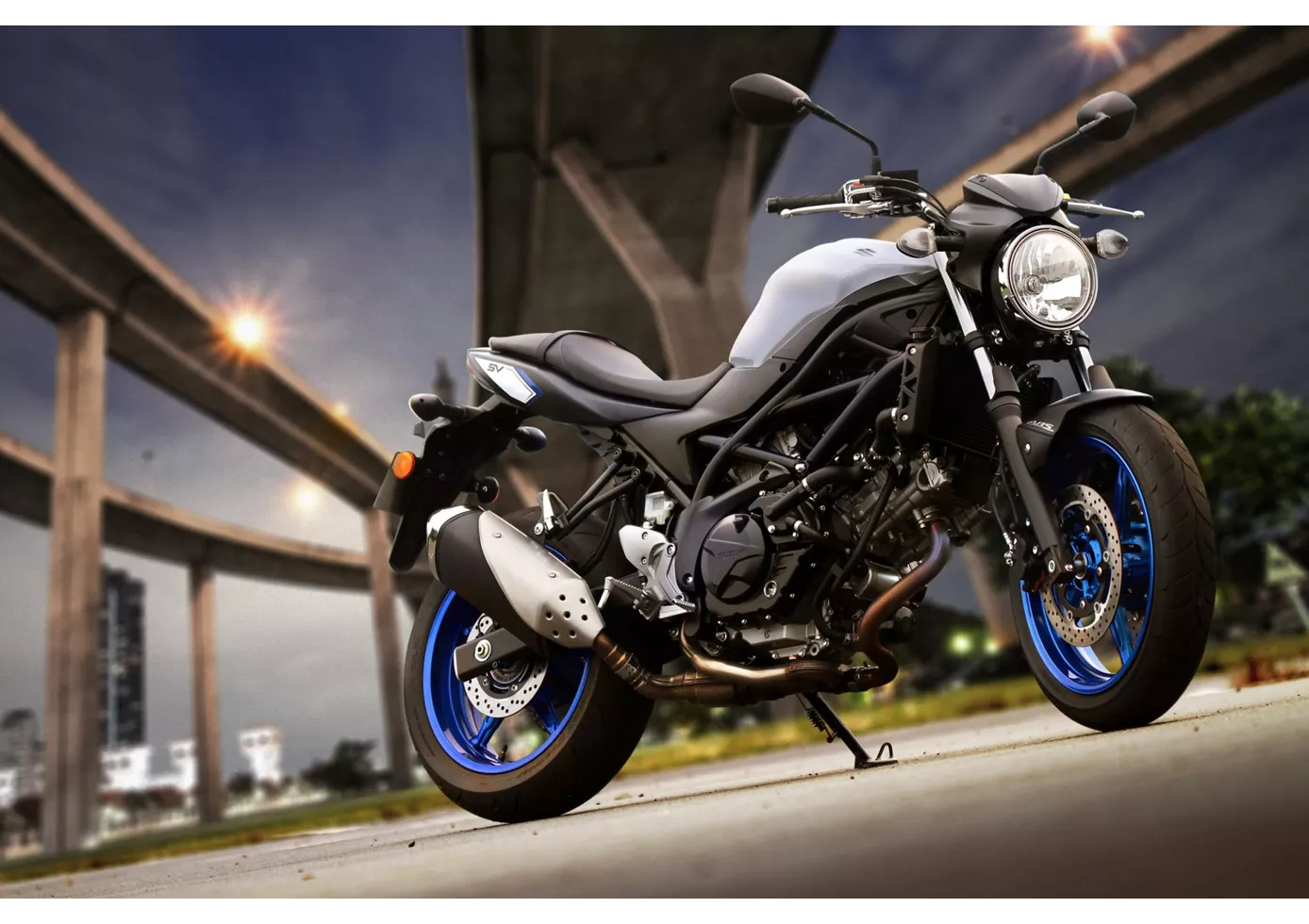
A nova SV650 continua o minimalismo visual das duas primeiras gerações da SV650, mas baseia-se tecnicamente na sua antecessora direta, a SFV650 Gladius - duas excelentes jogadas que transformam a muito moderna SV650 num clássico. O design enquadra-se perfeitamente na era de muitas conversões retro, mas no interior também existem truques modernos que facilitam o arranque, especialmente para os principiantes. O motor, por outro lado, também pode convencer os condutores avançados; a sensação típica da V2 é maravilhosa. Não se deve esperar extrema desportividade no chassis e nos travões, mas o preço de pouco menos de 6400 euros (na Alemanha) é uma afirmação que a concorrência terá de engolir.
Kawasaki Z650 2017

A Kawasaki Z 650 é a ponta da classe média para os pequenos condutores masculinos e femininos. Com as suas dimensões compactas, provavelmente não se sentirá confortável como um gigante. No entanto, as sensações reconfortantes vêm do motor, que se delicia com uma tração muito suave. Do lado do chassis, foi escolhida uma configuração apertada típica da Kawasaki, que encontra um ótimo compromisso na utilização diária. O ecrã negativo é muito fácil de ler e faz lembrar a sua antecessora, a ER-6n - muito bonito!
Comparação de preços Preço médio de mercado Suzuki SV 650 vs Kawasaki Z650
There are a few key differences between a Suzuki SV 650 2016 and a Kawasaki Z650 2017. In terms of price, the actual average price of a Kawasaki Z650 2017 is about 12% higher. A Suzuki SV 650 2016 experiences a loss of 180 EUR in one year and 170 EUR in two years of ownership. This is offset by a loss of 420 EUR and 640 EUR for a Kawasaki Z650 2017. There are the same number of bikes of both models available on the 1000PS.de marketplace, specifically 11. It takes less time to sell a Kawasaki Z650 with 76 days compared to 80 days for the Suzuki SV 650. Since model year 2005 1000PS.de editors have written 25 reviews for the Suzuki SV 650 and 31 reviews for the Kawasaki Z650 since model year 2017. The first review for the Suzuki SV 650 was published on 26/09/2008 and now has more than 14 200 views. This compares to more than 25 000 views for the first review on Kawasaki Z650 published on 08/11/2016.
